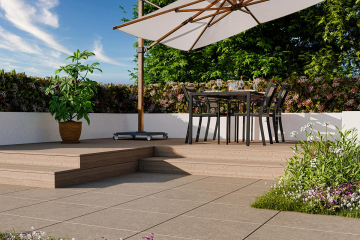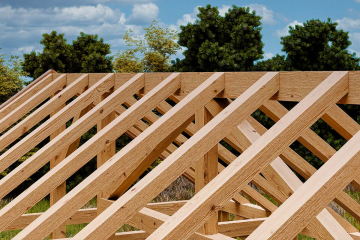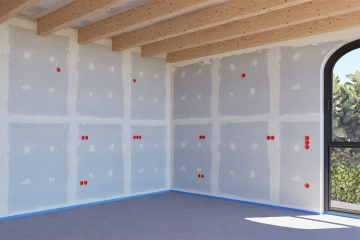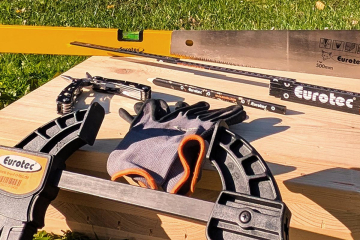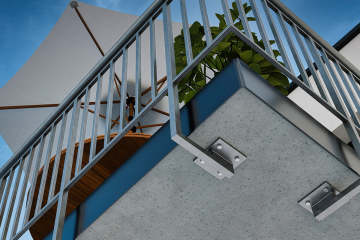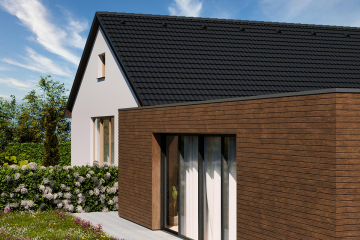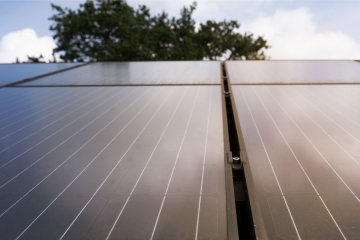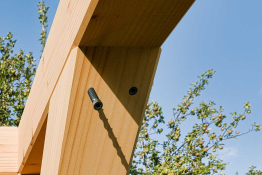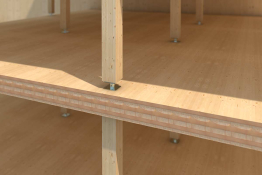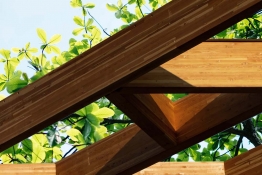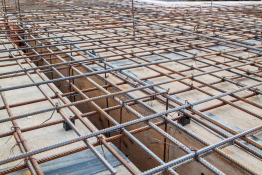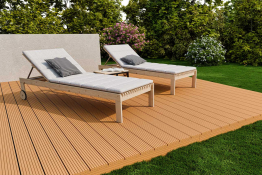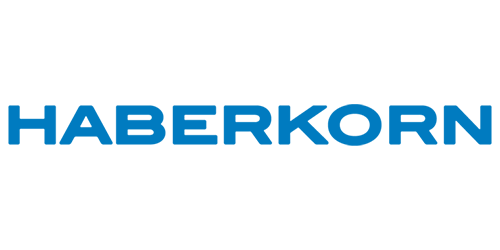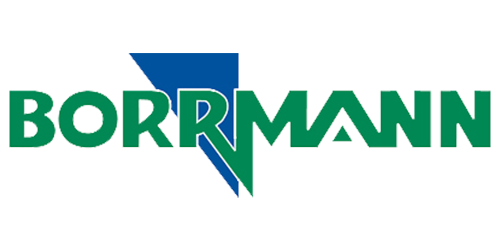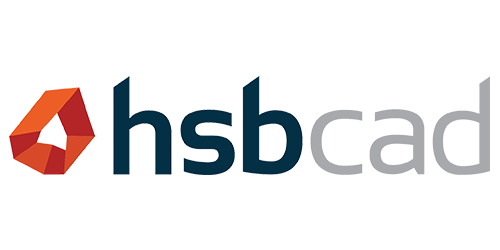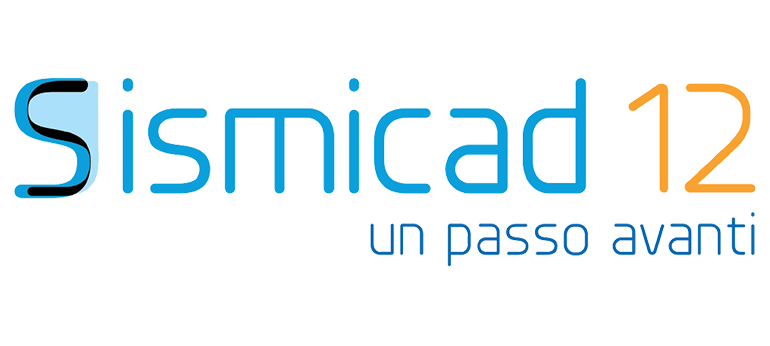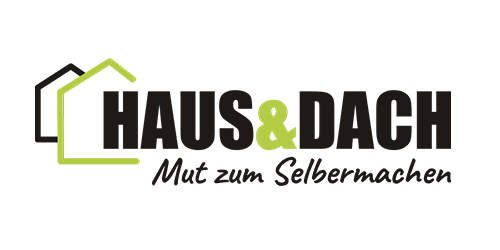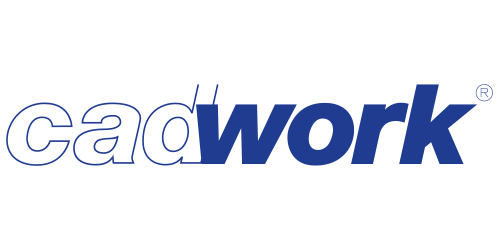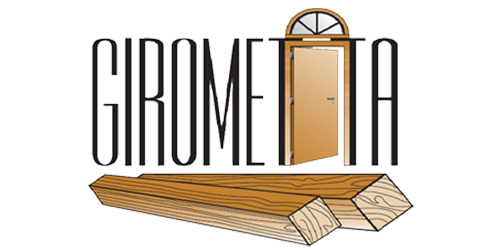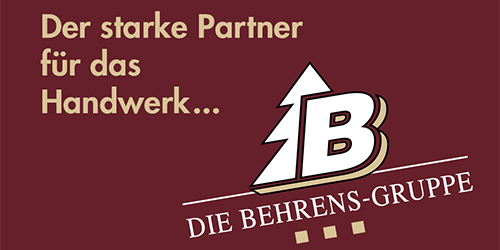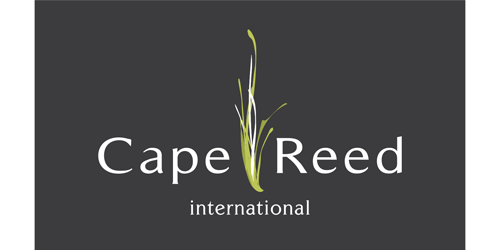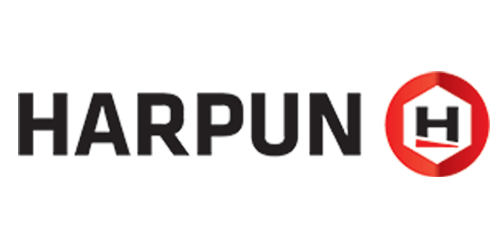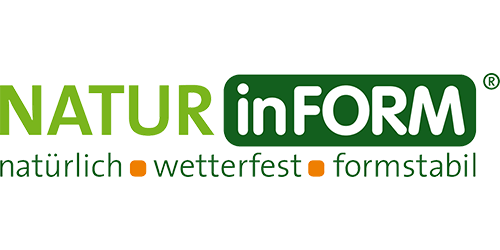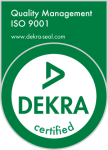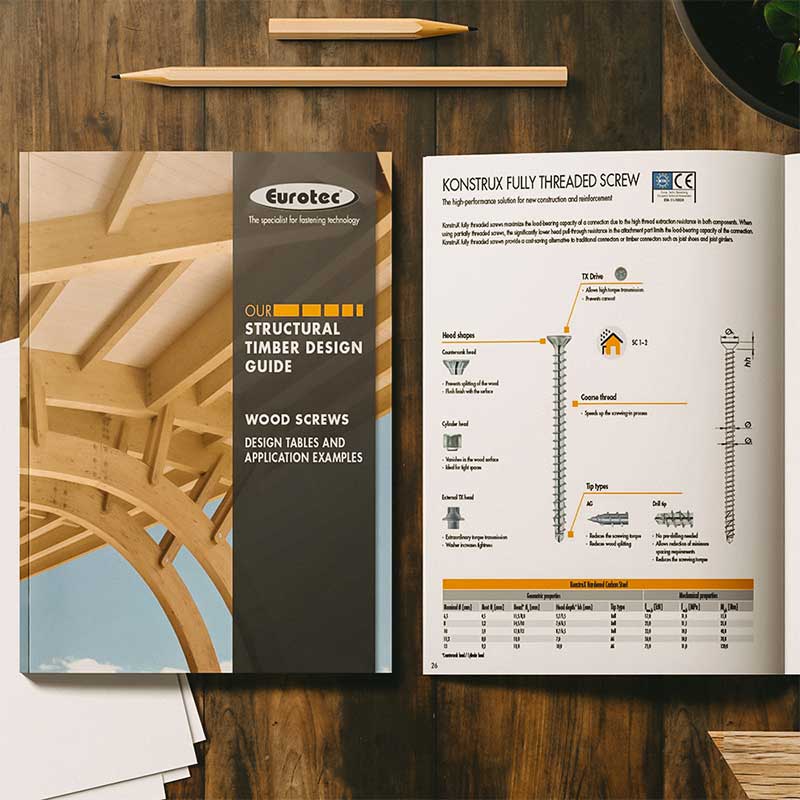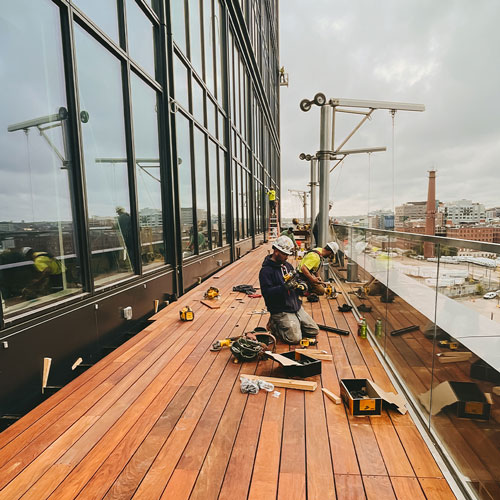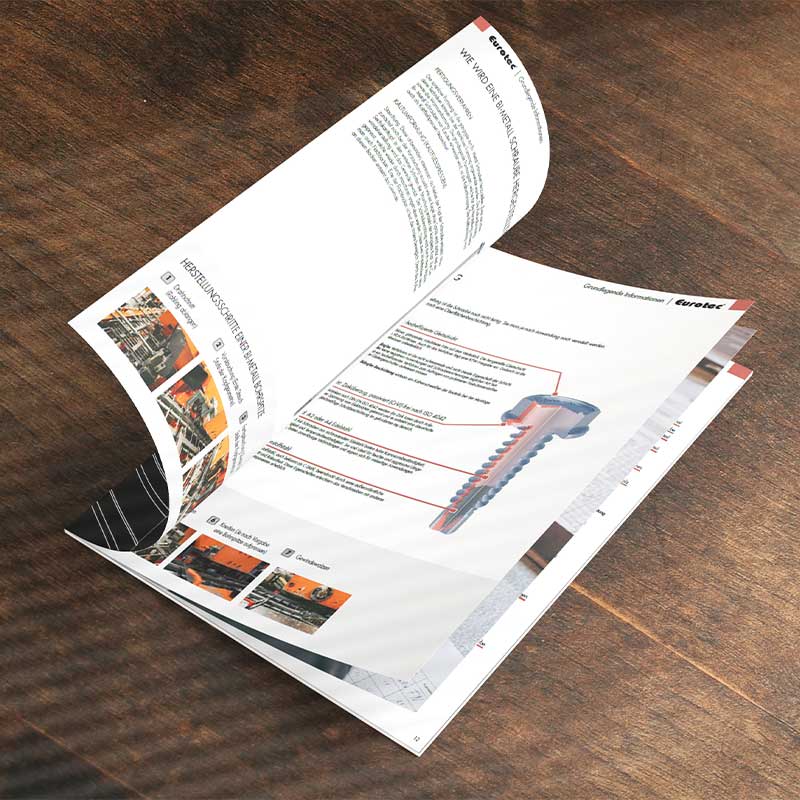Professional screw fastening of wood construction screws
Created on: 22 July 2025
Professional screw fastening of wood construction screws
General statement
Screw fastening is one of the key connection techniques in modern wood construction. To ensure that wood construction screws can develop their full load-bearing capacity, professional installation is essential. The screw connection of wood construction screws is crucial for the load-bearing capacity, serviceability, and safety of wood connections. Even slight deviations from the technical specifications—for example, with regard to screw-in depth, head bearing, or installation conditions—can significantly impair the performance of the connection.
1. Selection and installation of screws
The screw connection is carried out according to the respective screw type:
- Countersunk head screws must be screwed in so that the screw head is flush with the wood surface.
- Pan head screws must not be countersunk. The entire head diameter must lie flat on the surface to ensure the intended force transmission.
According to expert commentary on DIN EN 1995-1-1 (Eurocode 5), Section 8.5.1, the screw head should not be screwed into the wood deeper than half the head height. If the screw is driven in too deeply, this will impair the head bearing and may lead to unacceptable stresses or even damage to the wood.
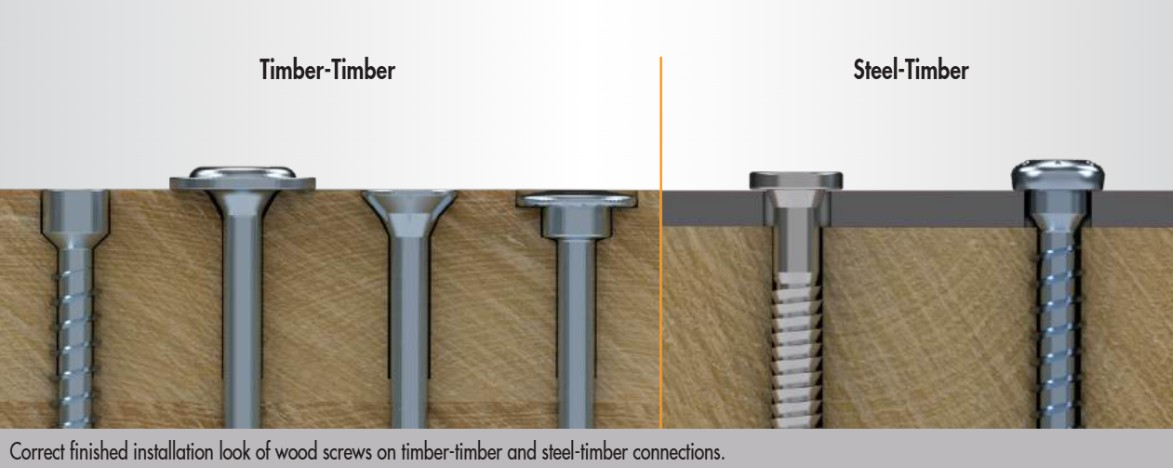
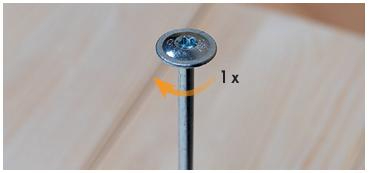
Practical recommendation:
Eurotec wood construction screws should be installed in a continuous screwing process. Interrupting and then restarting the process can lead to mechanical damage to the screw body (e.g. due to changes in the hot-cold transition zone).
2. Insertion torque and breaking torque
The characteristic insertion torque (screw-in torque) depends on various factors, including screw type, wood type, pre-drilling and installation conditions.
Guideline values for screws with a diameter of 8 mm:
- Partially threaded screw:
- approx. 13 Nm insertion torque
- approx. 22 Nm characteristic breaking torque
- Fully threaded screw:
- approx. 15 Nm insertion torque
- approx. 28 Nm characteristic breaking torque
The characteristic breaking torque (Ftor,k) should be at least 1.5 times the tightening torque – a criterion that is mandatory in the European Technical Assessment (ETA).
The tightening torque is usually determined in accordance with EAD 130118-01-0603 on the basis of ten test series.
Note from EAD Annex A:
‘For countersunk head screws, the head must be flush with the surface of the connected part. Deeper countersinking is not permitted as this can impair the head bearing. For screws with other head shapes, flush or surface mounting must be ensured in accordance with the intended force transmission.’

3. Axial load-bearing capacity of the screw shaft
The tensile load-bearing capacity also depends on the type of screw. Under standard conditions, the following guide values apply for a diameter of 8 mm:
- Partially threaded screw: approx. 20 kN
- Fully threaded screw: approx. 25 kN
➔ These values assume complete thread anchoring and a professional screw-in depth.

Practical tip:
How does the use of an impact wrench affect self-tapping wood screws?
In this technical article, you will learn why special care is required when screwing with an impact wrench and what risks can arise if it is used incorrectly.
More information4. What are the consequences of incorrect screw-in depth?
Screwing pan head screws in too deeply can have several safety-related consequences:
- Increased screw-in torque: The required screw-in torque can almost double.
- Exceeding the permissible breaking torque: There is a risk of screw failure due to shearing of the shaft or tearing off of the thread.
- Damage to the wood fibre structure: Local overloading can lead to fibre breakage.
- Uncontrolled settling: The connection may give way, leading to deformation.
These effects must be critically evaluated and avoided at all costs, especially in load-bearing or stiffening components.
Here is an example of a screw connection with installation torque (pull-out torque)
Hidden Danger: Characteristic breaking torque = 22 Nm. Tightening torque = 31 Nm. The screw may seem secure, but it is under extreme stress—failure can still occur after days or weeks.
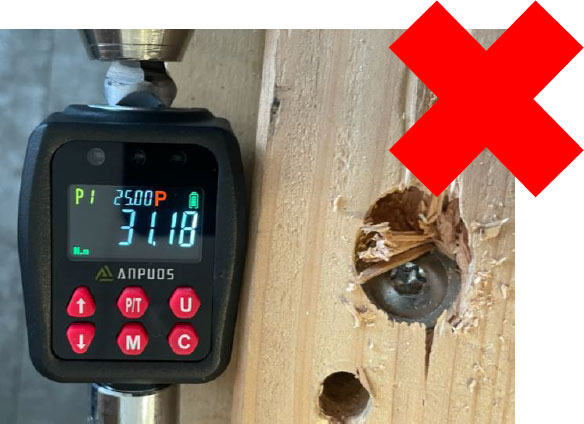
Incorrect use of a slanted screw connection with countersunk pan head
➔ Incorrect use can lead to screw breakage under heavy loads – even after a long period of time.
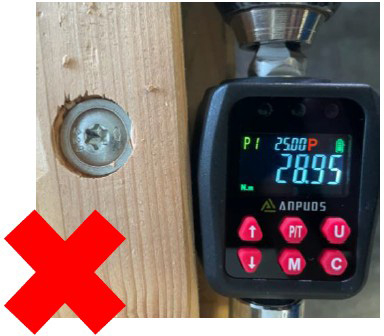
90° screw connection – incorrect application
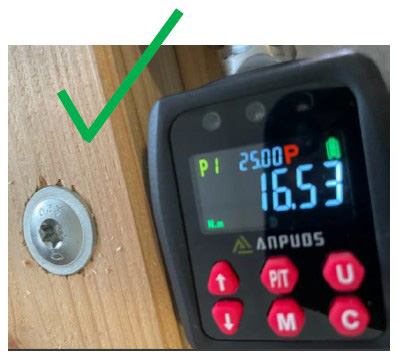
90° screw connection – correct application
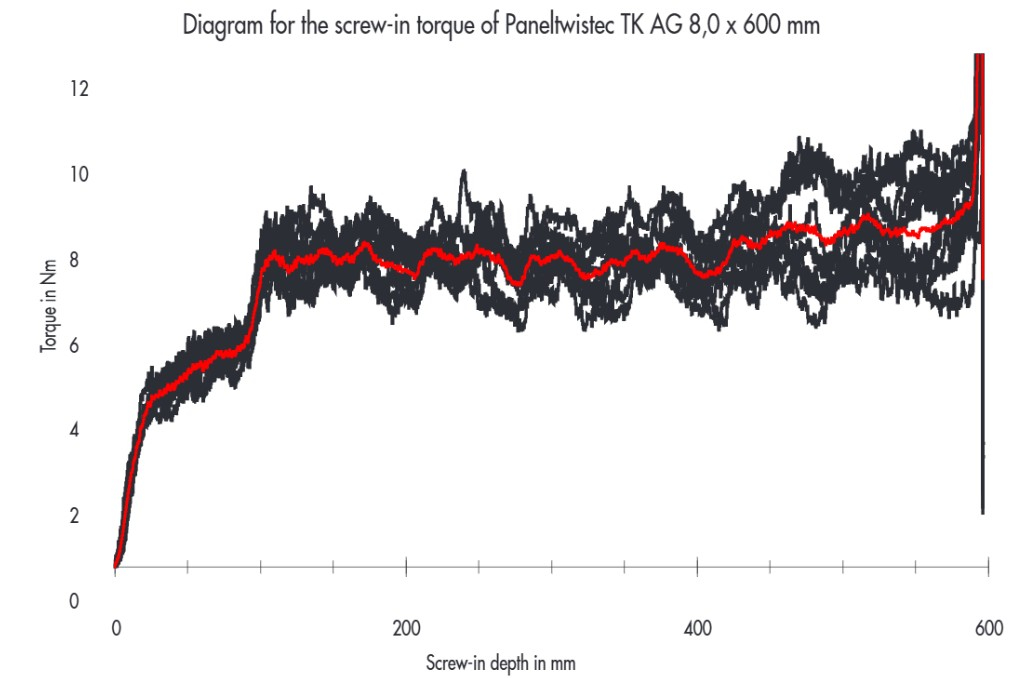
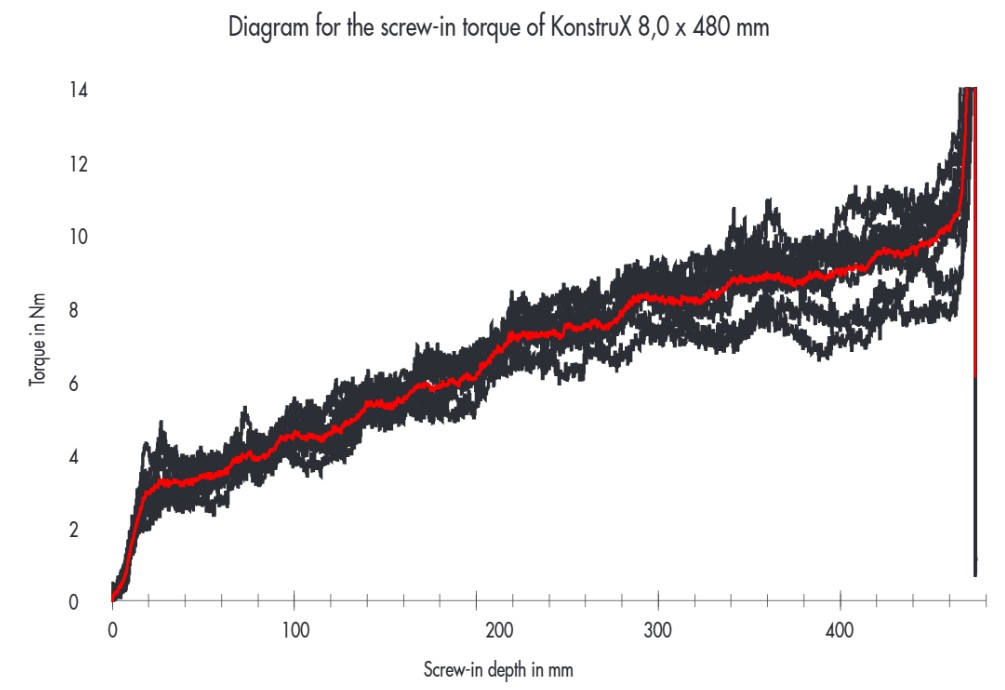
Typical fracture patterns resulting from excessive tightening torques
Excessive tightening torque can lead to step-like fracture patterns on the screw. Depending on the mechanical stress and weather conditions, discolouration or material changes are also often visible.
5. Summary
The professional fastening of wood construction screws requires:
- the appropriate choice of screw geometry (head shape, thread type),
- compliance with the screw-in/setting depth according to Eurocode 5,
- control of the tightening torque, especially for load-bearing connections,
- and observance of the mechanical characteristics according to ETA.
Failure to comply with these specifications may impair the load-bearing capacity, lead to permissible limit values being exceeded and, in the worst case, result in structural failure. It is therefore essential to carefully check compliance with the guidelines during planning, execution and quality assurance.
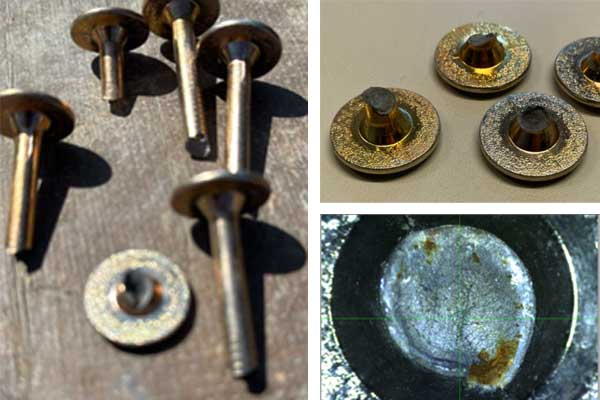
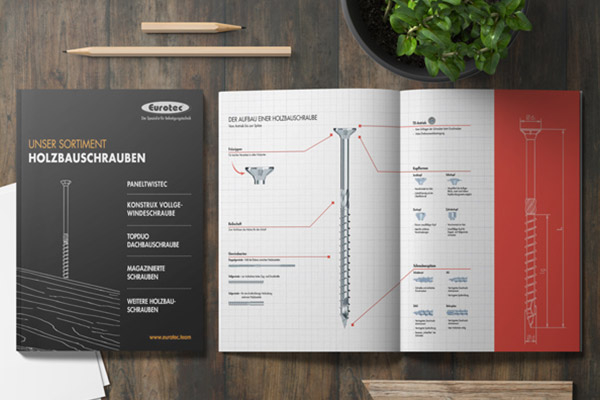
Discover Our Screw Solutions
Whether for load-bearing connections, bracing, or demanding assembly conditions, our wood construction screws stand for tested quality, reliable performance, and easy handling. Browse our catalog and find the perfect solution for your next project.
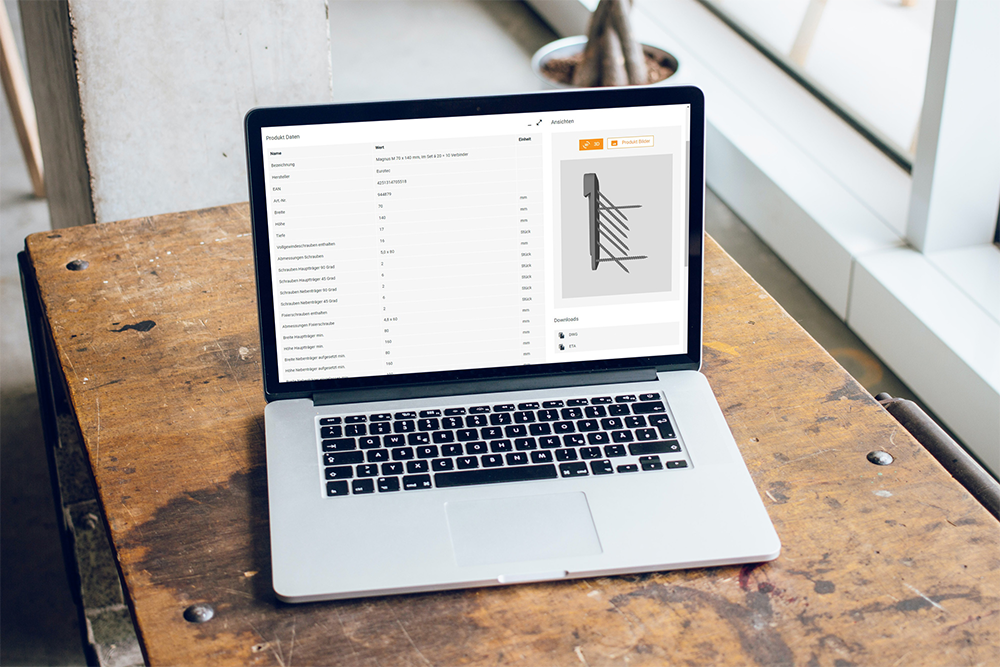
Plan Efficiently with the Eurotec BIM Portal
Where planning meets precision: With our free BIM portal, you get direct access to CAD and BIM data for our products, including wood construction screws, connectors, and more. Streamline your workflows and seamlessly integrate our solutions into your digital planning model. Discover it now!

Do you still have any technical questions?
We’ll be happy to advise you on your construction project!
Create a ticket now so we can help you quickly and efficiently — or use our free calculation software for your planning.
Other technical articles
Here you’ll find more technical articles with comprehensive content you need to know on the construction site or for individual projects—whether you’re just getting started or already have years of experience.


 Deutsch
Deutsch  English
English  Dansk
Dansk  Español
Español  Italiano
Italiano  Français
Français  русский
русский  Polski
Polski 